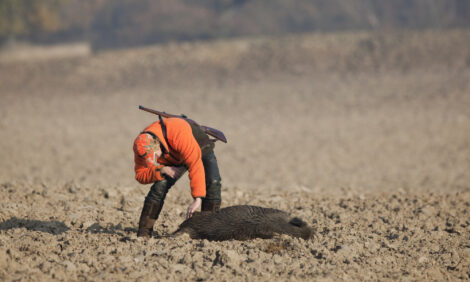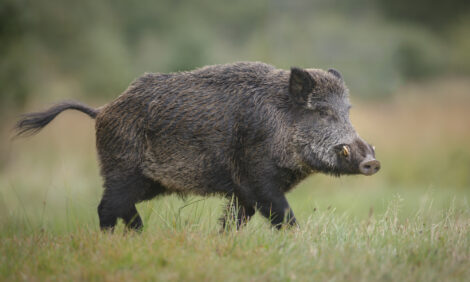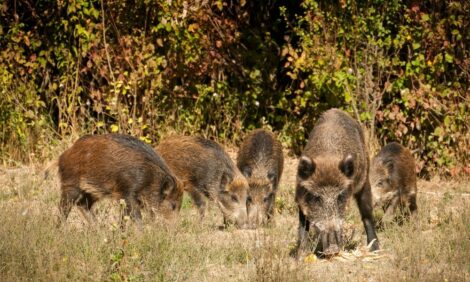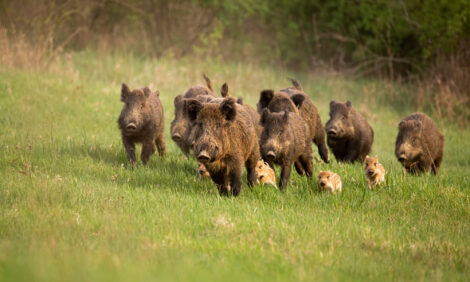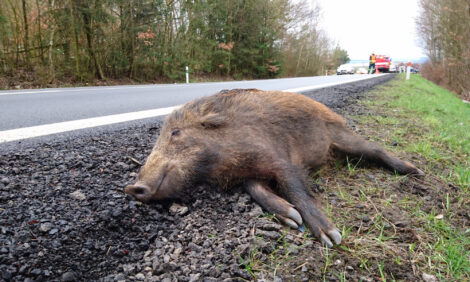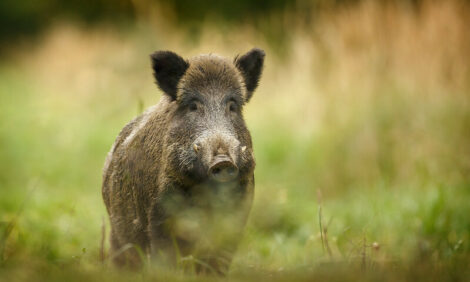



African swine fever in wild boar: changes in distribution
Wild boar have successfully re-established themselves across northern and eastern EuropeEditor's note: the following is an excerpt from African swine fever in wild boar populations - ecology and biosecurity. It was created by the FAO, WOAH and European Commission. Additional content from the booklet will be shared as an article series.
Wild boar are a native species to the majority of natural zones in the European continent. The occurrence range of this species has historically fluctuated in size under the influence of climate (Sludskiy, 1956; Fadeev, 1982), but in the last centuries it is human influence that has affected it most significantly. Wild boar were exterminated in recent centuries from parts of northern and eastern Europe mainly due to heavy hunting, competition with live-stock and domestication. In eastern Europe, the most recent contraction of wild boar range occurred in the 1930s (Danilkin, 2002). In the following decades, however, the species has recovered its former historical distribution, and in some areas of the Russian Federation it has expanded even beyond known fossil records (Figure 10).
Several factors have cumulatively contributed to the successful comeback of wild boar. Massive development of industrial agriculture and favourable landscape changes have pro-vided additional feeding resources and shelter to this omnivorous species, in both northern and southern Europe. This has coincided with large-scale reintroduction efforts (including with stock originating from other geographical populations), facilitated by protection measures, predator control and supplementary winter feeding (Danilkin, 2002). In many countries, the status of wild boar switched from that of pest to that of game species, meaning many legal constraints have been applied to wild boar hunting, whereas previously farmers could cull the animals. Widespread vaccination of domestic pigs and wild boar against classical swine fever (CSF), decreases in poaching and moderated hunting pressure, as well as the general decline of rural human populations in the later decades of the last millennium, also contributed to the growing number of wild boar. Further geographical expansion and the increase of wild boar populations throughout Europe were additionally facilitated by milder winters, prompting their better survival and reproduction.
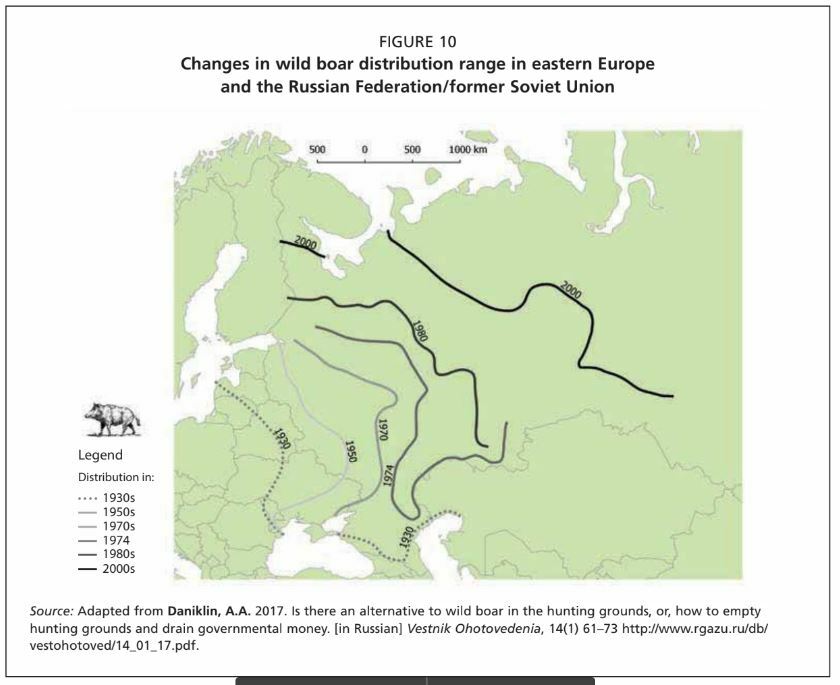
While the relative contribution of each of these factors might have varied in timing, as well as from place to place, the cumulative effect is that now wild boar have successfully re-established themselves across northern and eastern Europe. Their numbers continue to increase (Massei et al., 2015), and in some areas are already regarded as excessive (Figure 11).
Guberti, V., Khomenko, S., Masiulis, M. & Kerba S. 2022. African swine fever in wild boar – Ecology and biosecurity. Second edition. Chapter 2. FAO Animal Production and Health Manual No. 28. Rome, FAO, World Organisation for Animal Health and European Commission. https://doi.org/10.4060/cc0785







